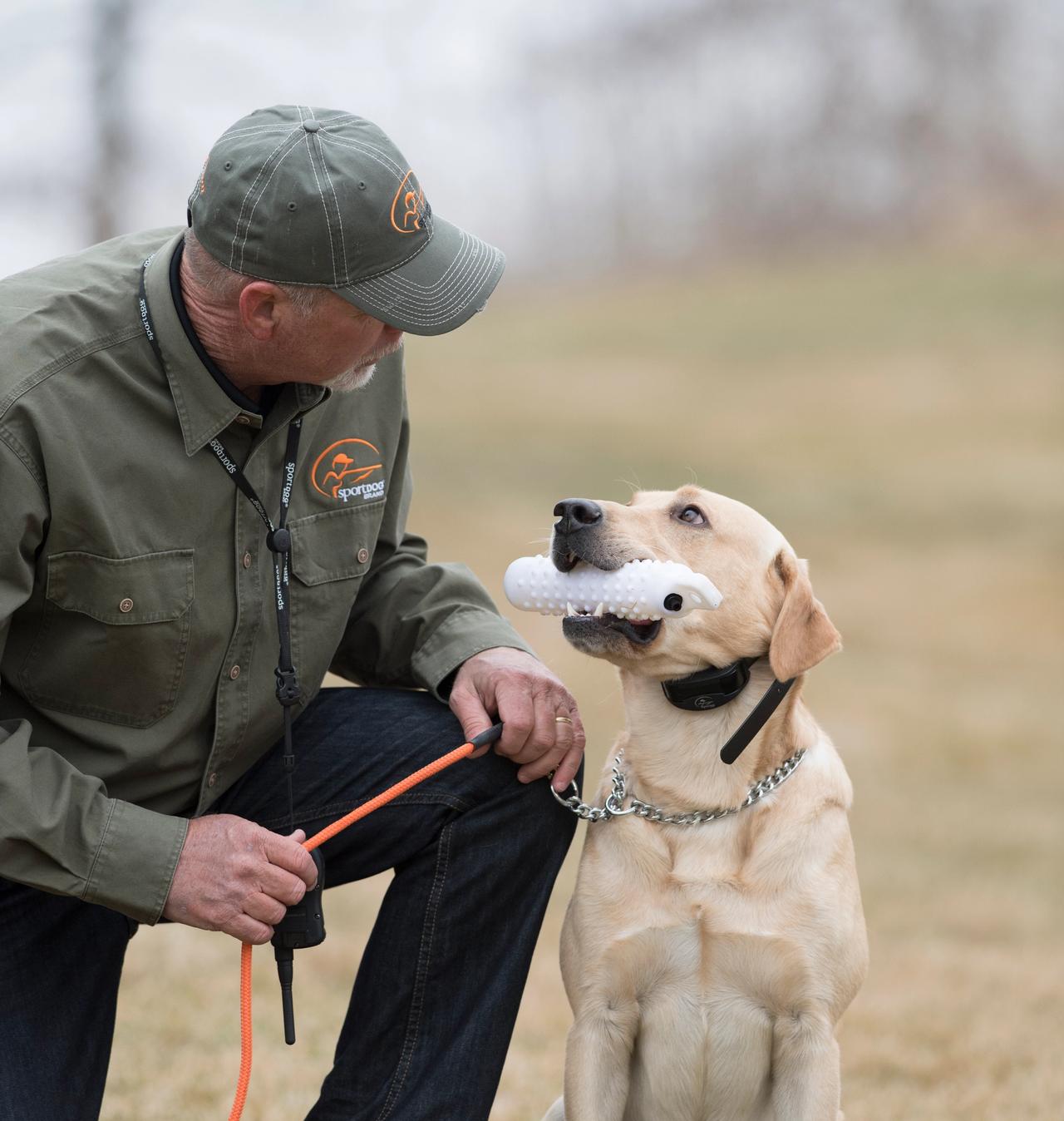
Training Commands: Talk Less, Reinforce More
Posted by Ethan KimminceNo matter how good our intentions, us hunters and dog trainers as a whole make one mistake that sets our training progress back and creates extra problems. We make this mistake time and time again, and it's bloody important to recognise it and sort it out. What am I talking about? It's the constant repeating of commands without reinforcement.
Here's a typical scenario. You're walking your dog at heel. When you stop, you want your dog to sit, so you command, 'Sit'. Your dog ignores you, so you repeat, 'Sit'. He ignores you again, so this time you say it even louder: 'Sit!' At that point you might even start talking more: 'Lucky, sit! Sit, now! I said, sit!' At that point your dog knows you might be getting ready to actually do something he won't like, so he finally sits. Wow, that was a lot of time and energy spent just getting your dog to comply with a simple command! If you keep this pattern up, what's life going to be like when you get into the duck or pheasant season? I can answer that: You're going to spend more time yelling at your dog than actually hunting.
Let's break down what's happening here. First up, your dog learns to count real quick; he can work out how much time and how many commands he'll cop before he actually has to follow through. Next, your dog learns that your commands are up for a yarn. You've taught him that what you say isn't a dead-set command; it's more of a ask. This situation is a no-go if you're keen to train up an obedient, reliable hunting dog.
The system I follow is that you give a command once. If the dog doesn’t respond, he is to be corrected. The first correction is always a verbal correction, and then reinforcement is added if he doesn’t comply. For example, you tell your dog, “No.” No response? You then count one-thousand-one and repeat the command “No” simultaneously with a physical correction, which you continue to apply until your dog complies. That physical correction depends on whatever you’re using at that point in the dog’s career. It might be a leash tug, e-collar stimulation or both (again, depending on what stage your dog’s training is at). When the dog obeys, leash and/or e-collar pressure is released and you reward him with a “Good dog” and a pat on the shoulder. He needs to understand that nothing bad ever happens from following a command. Instead, following a command means he will be rewarded.
There's never a time when it's alright for a dog's instincts to be 'more right' than your commands. Instincts are what lead a dog to make these dodgy choices. In fact, instincts sometimes lead us humans to make dodgy choices too. I use the analogy of scuba diving. When a diver's deep in the drink and hits a snag, he tends to panic. His instinct is to bolt straight up to the top, which could be catastrophic because of the too-quick pressure change. The reality is that if a diver just stays put and trusts his training, which means coming up with a plan for a safe, controlled rise to the top, everything will be sweet as.
A dog's first instinct to get out of a situation he doesn't want to be in is to bolt away. If he can't get away, in some cases his next option might be to turn and bite. And if he can't do either one of those, he's likely to just lie down and quit. We need to take away all those options with some type of control, and show him that there's an easier path, which is to follow his training.
Next time your dog is slow to respond to a command, think about how this situation may have developed. Then promise yourself you're not going to repeat commands over and over without taking action. It will all pay off in the long run.
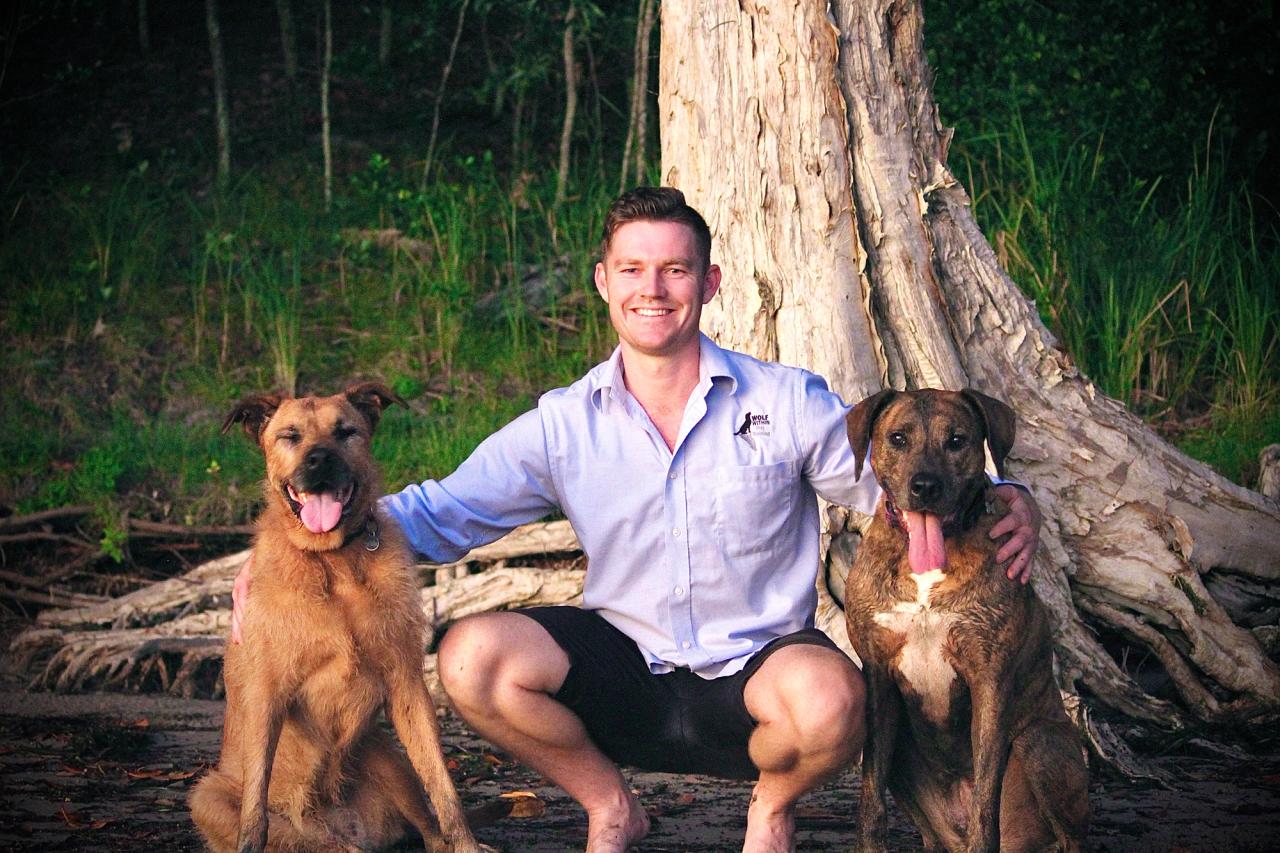
Ethan Kimmince
Brisbane, QLD
Ethan began his career in the zoo-keeping industry, spending nine years as a tiger handler at Australia Zoo. His expertise extends beyond big cats, having worked in Canada with bears, wolves, and cougars. After leaving the zoo world, he founded Wolf Within Dog Training, applying his deep understanding of animal behaviour, operant conditioning, and training science. In just five years, Wolf Within has become one of Queensland’s top-rated dog training companies, renowned for helping owners build stronger, more harmonious relationships with their beloved pets.
Related Products
SportTrainer® 825X
Related Articles
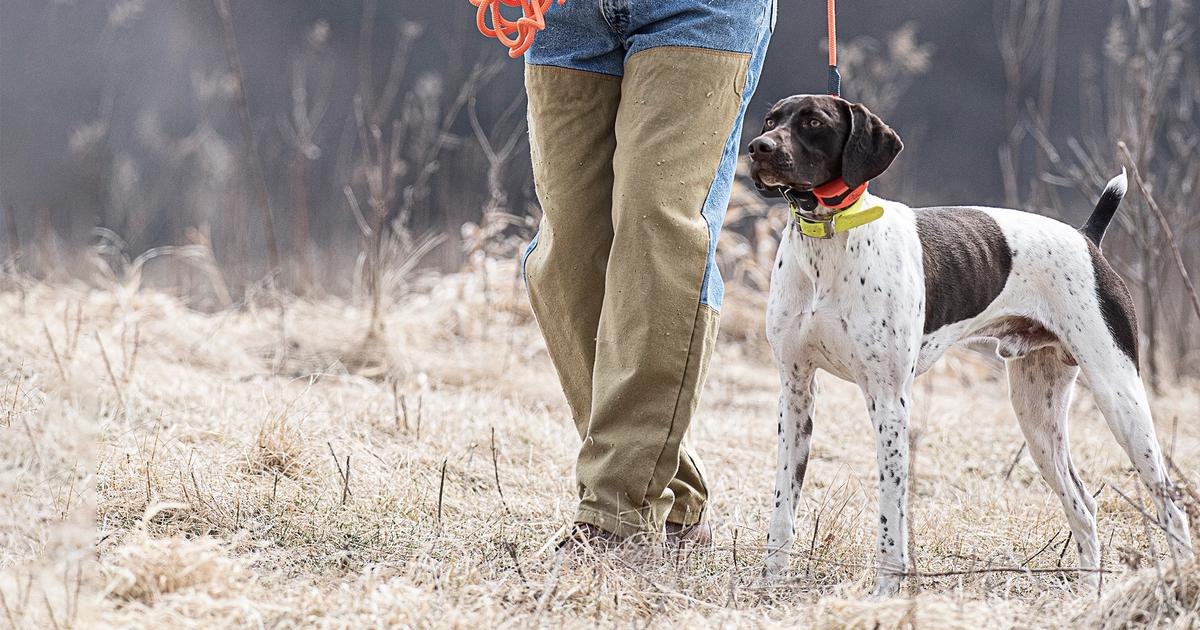
Talent Is Not Obedience
by The SportDOG Staff
Whoa! Can your hunting dog 'whoa' or stop dead? Does it always come when called? Will it turn on command or always sit or lie down when told? Will it gently deliver a bird to your hand without chewing the least little bit? Good bird dogs have been...
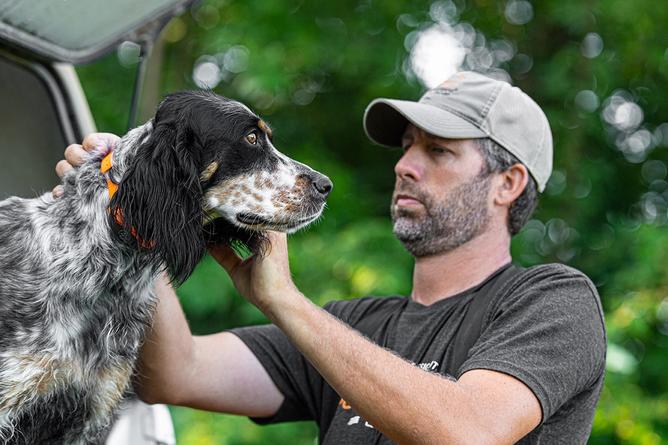
Understand This Before you Train
by Ethan Kimmince
Every animal on the planet has an alpha or beta relationship with every other animal. We usually reckon “beta” as submissive and beaten down, but in wild packs or herds, that's not how it goes. The beta dog in a mob of wild dogs is still quite happy and...
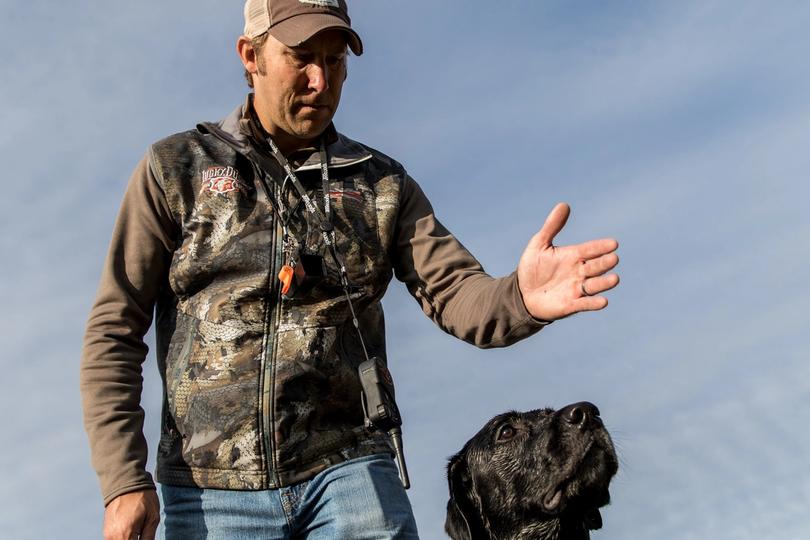
10 Mistakes in Gun Dog Training and How Not to Make Them - Part 1
by The SportDOG Staff
The best thing about the years that ourselves and our ProStaffers have spent training dogs is that we've made the mistakes. We preach the value of mistakes because you'll learn from them even more than your successes, but there's no reason you can't learn from ours. We constantly hammer...
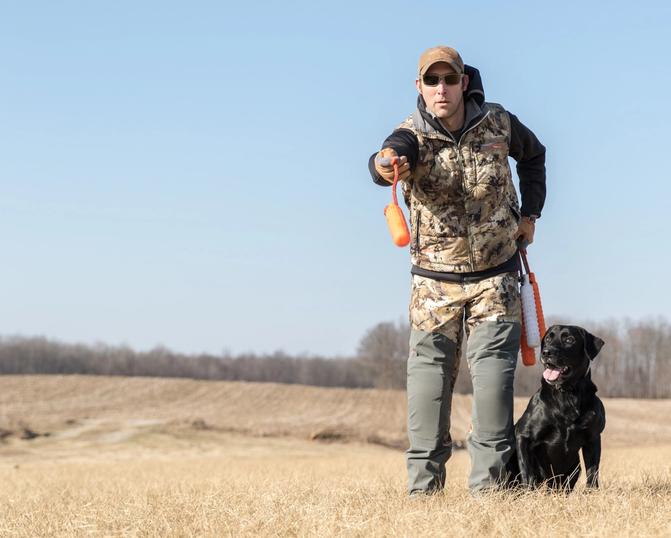
10 Mistakes in Gun Dog Training and How Not to Make Them - Part 2
by The SportDOG Staff
Read the first 5 stuff-ups to avoid when training your hunting dog in the opening yarn of this series. Not Adjusting to the Dog No two dogs are the same, mate. Like kids, they all learn different, got their own strong points and that free-will thingo that can have you grinding your teeth in...

